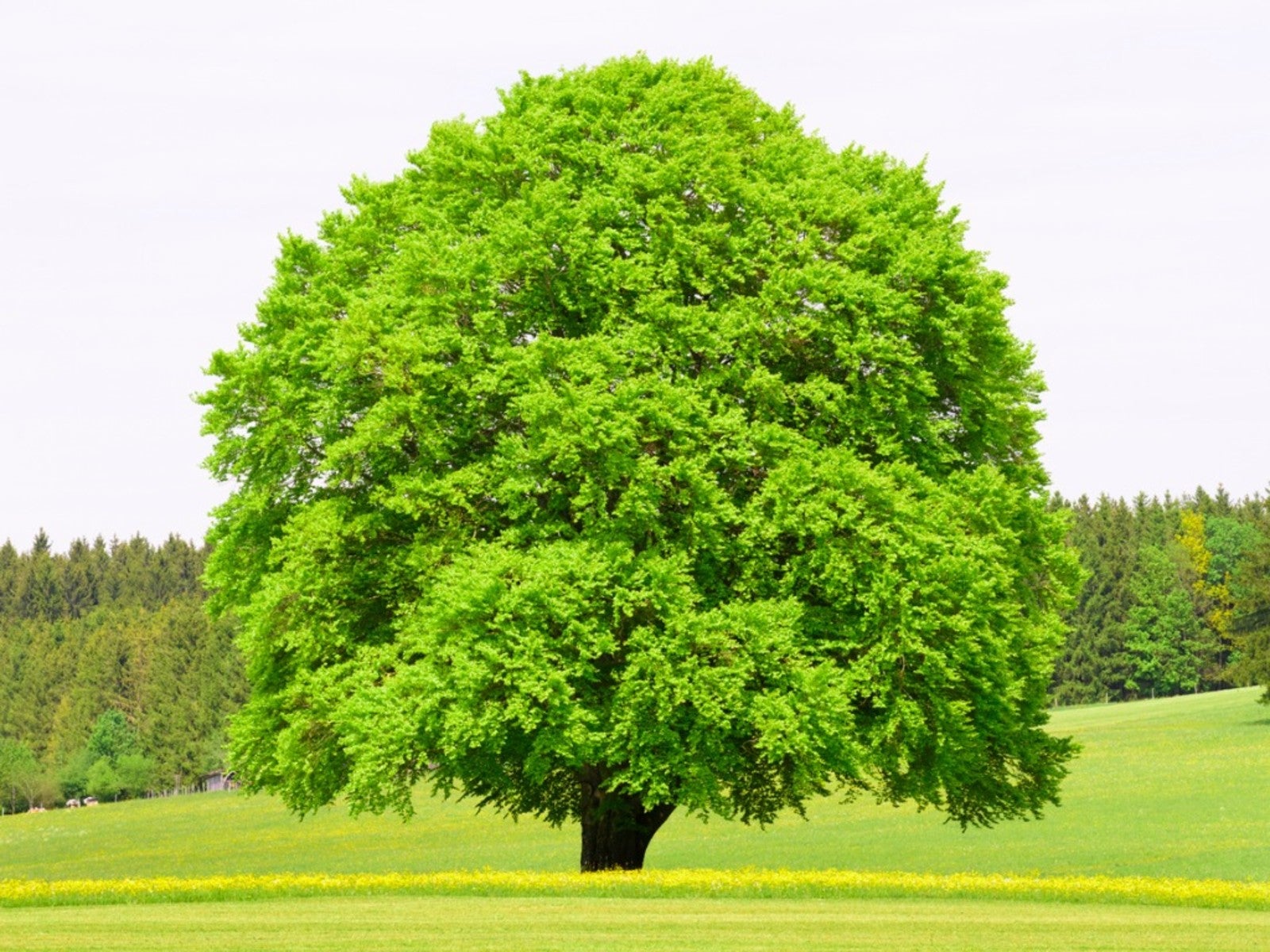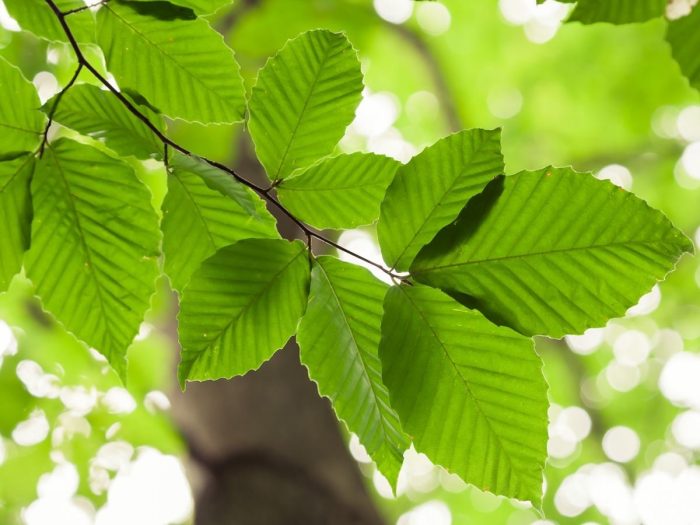blue beech tree facts
The American Hornbeam is a short stubby tree that can have one or more trunks each a foot wide and aesthetically pleasing. In the autumn the leaves turn a magnificent rusty-red colour before.
Beech tree Allergen Facts Symptoms and Treatment.
. The fossil record shows a species of beech as far back as 80 million years ago during the Cretaceous period. The beech tree is a hardy species and can live for over 400 years. Blue beech ironwood muscle beech musclewood and water beech are other names for this tree.
European hornbeams are excellent in groupings around large buildings and also useful as screens hedges and windbreak trees. The Mexican beech or haya F. As the popular name implies this trees incredibly strong wood takes a horn-like polish and is previously utilized by early Americans to.
Game birds also eat its seeds buds and catkins. Boone Cilled A Bar On Tree In Year 1760 The tree fell in 1916 and had a girth of 28-12 feet. Some exceptions have been noted to this observation.
Facts About Copper Beech Trees. In early spring yellow-green male and fuzzy yellow-green female flowers mature. It can be found in the eastern parts of the USA.
The American hornbeam has bluish-gray bark. Other common names for the tree include musclewood or ironwood due to the strength of its wood. The dark green leaves turn an attractive yellow in the fall and the bark and buds are ornamental in winter.
Nevertheless it is useful for tool handles levers and mallets. Japonica up to 24 metres 79 feet tall divide at the base into several stems. While distributed throughout much of Minnesotas eastern deciduous forests Blue Beech is by no means frequently encountered or perhaps more so not readily recognized.
This tree is common in the understory of rich moist soils along streams or in swamps. Blue beech is an important food source for gray squirrels in bottomland hardwood forests. The small tree produces a small ribbed nutlet that is carried by a 3-lobed leafy bract.
Copper beech trees Fagus sylvatica also commonly known as European beech trees infuse the home landscape with larger-than-life visual impact. Blue-beech provides food and shelter for game birds such as grouse and pheasants small mammals and songbirds. 1 Pollinated by wind beech trees are related to oaks and have allergenic pollen that is rarely.
Mexicana a timber tree. Blue-beech can be used as an ornamental tree in urban parks and large backyards. Major species65 feet tall and the Japanese blue beech F.
It also has the name water beech because it often grows next to rivers and streams. American hornbeam also known as blue beech is a broadleaf tree that belongs to the birch family. The Japanese or Siebolds beech F.
American hornbeam grows on well-drained fertile acidic soil in areas that provide enough sun such as deciduous forests and areas near the streams. Undersurface paler mostly smooth or with hairs in vein axils only margins with small sharp teeth. In landscapes it works well as a small shade tree and in shady naturalized woodlands.
It grows very tall and has a smooth grey-blue bark. A blue beech tree is short typically averaging around 20 to 35 feet and has a spread of similar size. Blue beech Carpinus caroliniana also called musclewood or American hornbeam is a small slow-growing tree native to Minnesota and the eastern US.
The European hornbeam has densely textured foliage and handsome slate-gray smooth to fluted bark. Ontario Tree Atlas map of non-planted Blue Beech. The tree is perhaps best known for its smooth and sinewy steel-gray bark and the muscle-like look of its maturing trunk and larger branches thus one of its common names.
The Blue Beech is a small tree with angular branches and slender twigs which is branching low and spreading. The blue beech tree has several unique features which are mentioned below. American hornbeam also known as musclewood or blue beech is a small slow-growing understory tree native to hardwood forests of the eastern US and Canada.
The Forest Service estimated the trees age to be 365 years making it fully two centuries old. Blue Beechs papery fruit are found in distinct 3-lobed pale yellow clusters of samaras. The wood can be used for tool handles although due to the small stature of the tree it is not practical for commercial harvesting.
American hornbeam is a tall shrub or small tree to 35 feet tall with pendulous branches and a gray trunk that is fluted into musclelike ridges. Leaves are simple alternate 25 inches long 12 inches wide with upper surface bluish green dull. Carpinus caroliniana the American hornbeam is a small hardwood tree in the genus CarpinusAmerican hornbeam is also known as blue-beech ironwood musclewood and muscle beechIt is native to eastern North America from Minnesota and southern Ontario east to Maine and south to eastern Texas and northern FloridaIt also grows in Canada southwest Quebec.
Featuring smooth steel-gray bark beech trees are deciduous ornamental and timber trees that are native to subtropical and temperate climates in the Northern Hemisphere. Crenata is grown as an ornamental in the Western Hemisphere. The beech family is one of the oldest trees throughout history.
Due to its resemblance to beech trees the tree also goes by the name blue beech. When the spring arrives you will notice the buds on the beech trees opening out into deep emerald-green leaves. Other articles where Japanese blue beech is discussed.
The name Blue Beech is a misnomer as it is in the Birch family and unrelated to Beech Fagus spp trees. There was a Beech tree on the old stage road between Blountville and Jonesborough Tennessee that had an inscription carved into the trunk that read D. The tallest blue beech tree was recorded to be 75 feet tall with 216 inches in diameter at the breast.
The beech tree is deciduous tree that is native to Asia North America and parts of Europe. Bark is smooth tight thin bluish gray. Blue beech wood is strong and hard but because the tree is so small it is rarely harvested for the manufacture of wood products.
American hornbeam is often planted in parks and urban areas because of its. In Minnesota it is found in the understory in forests of maple basswood oak cherry and white birch.

Tree Pictures Tree Images Tree Photos Beautiful Nature Beautiful Tree Green Trees

American Hornbeam Or Carpinus Caroliniana Tree 1 Tree 3d Model In 2021 Deciduous Trees Tree 3d Model

Macassar Ebony Diospyrus Celebica The Celebes Islands Tree Tree Images Picture Tree

American Hornbeam Aka Musclewood Or Blue Beech Plant Leaves Leaves Plants

Beech Fagus Sylvatica British Trees Plant Texture Leaves Amazing Gardens
Carpinus Caroliniana Blue Beech Minnesota Wildflowers

I Spy Something That Is Blue Leaf Local Enhancement Appreciation Of Forests

Beech Tree Scientific Name S Fagus Grandifolia Abundance Uncommon What Nuts Inner Bark Young Leaves How N Beech Tree Deciduous Trees Trees And Shrubs
Interesting Facts Beech Trees Just Fun Facts

American Hornbeam Aka Musclewood Or Blue Beech Bark Growing Vegetables Plant Identification Tree
How To Grow And Care For American Beech
Carpinus Caroliniana Blue Beech Minnesota Wildflowers

Beech Tree Planting Types Of Beech Trees For The Landscape

Five Common Beech Trees For Your Landscape Beech Tree Beech Tree Leaves Garden Trees

Pin By N On ᄂ ө ƨ ƭ I P Ya S L ᄂ I ƭ Y Trees To Plant What Is Tree Plants

7 Interesting Benefits Of Beech Organic Facts

Faggio Trees To Plant Plant Leaves Rose Leaves

European Beach Tree Tree Of The Week European Copper Beech Kramer Tree Specialists Tree Specialist Copper Beech Garden Inspiration

